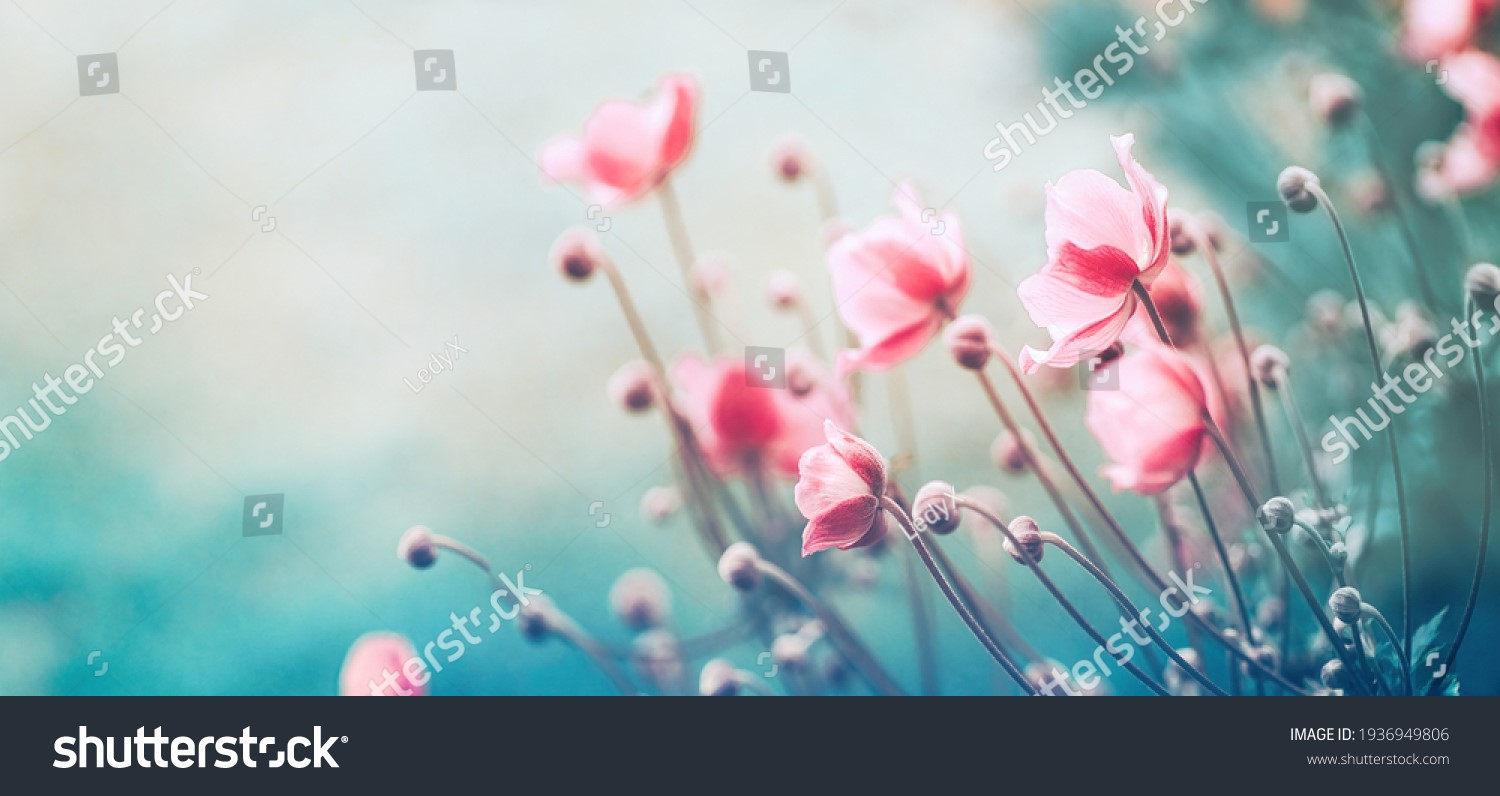Introduction
This poem is based on Greek mythology and the subject of this poem is the idea that beauty may be found anywhere and, when acknowledged, can be used to uplift one’s spirits under difficult circumstances.

Beautiful Flowers
Summary of the Poem
John Keats, a well-known poet, wrote A Thing of Beauty. The poet also asserts that a beautiful item may make us feel extraordinarily happy and delighted. A lovely thing also resembles a cool shelter that provides us with a restful night’s sleep full of pleasant dreams.
People have an affinity to material goods, according to the author. Our ties to the material world resemble a floral wreath. They are snares that tie us to transient pleasures and prevent us from experiencing ultimate delight.
The poet enumerates a few of the lovely things that are all around us. Beauty, as they say, is in the eye of the beholder. He claims that the natural beauties all around us are the many creations of God, such as the Sun, which provides us with energy, the Moon’s splendour, and the Trees, which provide us with shade. In the sweltering summer months, the water’s flowing streams cool and revitalise us. The woodlands that are covered in lovely musk rose blooms are a sight to see.
These lovely things resemble an immortality-granting source that God has placed upon us as a gift and a blessing.
Extra information about the Poem
As we go deeper into A Thing of Beauty’s explanation, we discover that the poet mentions legends of powerful warriors who lost their lives for their country’s advantage or other good objectives. That appeals to him as well. A purpose to life may be found in the lovely things, which are comparable to the nectar since they are full of immortality.
Conclusion
The summary of A Thing of Beauty explains the importance of cherishing the lovely things that surround us. Beauty is an infinite source of nectar, a lovely tonic or beverage. Every beautiful object is worth keeping since they bring us enduring delight and create a lasting impression on our brains and life.
Textbook Question and Answers
1. List the things of beauty mentioned in the poem.
Ans: Everything in nature is aesthetically pleasing and enjoyable. The moon, the sun, the ancient and young trees, the daffodil blossoms, the little streams with pure water, the mass of ferns, and the flowering musk roses are a few of them.
2. List the things that cause suffering and pain.
Ans: There are several things that harm and hurt us. “The main causes of human sorrow are resentment and malice,” said Albert Einstein. The absence of noble traits is another. Our bad and unhealthy habits also produce a great deal of problems and misery.
3. What does the line, ‘Therefore are we wreathing a flowery band to bind us to earth’ suggest to you?
Ans: Keats is a fan of aesthetics. He makes use of his senses to find beauty. Man and nature have always been intertwined. The things that are attractive resemble floral wreaths. Every day, we appear to construct a floral band. It keeps us connected to the natural wonders of this planet.
4. What makes human beings love life in spite of troubles and sufferings?
Ans: There are several factors that cause us to struggle and have problems. They lower our mood. In spite of such horrible occurrences, however, “some shape of beauty” infuses love and happiness into our life. A beautiful item lifts the gloom of sorrow and pain.
5. Why is ‘grandeur’ associated with the ‘mighty dead’?
Ans: During their respective eras, the great dead were incredibly strong and tyrannical individuals. These accomplishments made them ‘mighty’ and ‘great. As a result, the “powerful dead” are linked to “grandeur.”
6. Do we experience things of beauty only for short moments or do they make a lasting impression on us?
Ans: We experience happiness when we interact with beautiful things. They leave us with a lasting impression. A beautiful object brings delight forever. It is a never-ending source of happiness and will not vanish into oblivion. It lifts the cloud of melancholy that hangs over our gloomy spirits.
7, What image does the poet use to describe the beautiful bounty of the earth?
Ans: John Keats employs a really lovely metaphor to illustrate the exquisite riches of the planet. It is the never-ending fountain of eternal liquid. It continuously pours from above into our souls. As a result, the lovely gifts of the land are referred to as “an infinite fountain of everlasting drink.”
A Thing of Beauty Important Extract Questions
1. How are the “powerful dead” lovely?
Ans: The expression “the powerful dead” alludes to those who came before us. The magnificent stories of our ancestors inspire us, fill us with joy, and fill us with pride.
2. What function do beautiful objects serve in helping us lead happy lives?
Ans: The enduring imprint that beautiful objects leave on our minds is a continual source of delight. When we gaze at them, we feel reassured and joyful.
3. What are the factors that bring about human misery, grief, and suffering?
Ans: The source of all of man’s problems is him, the individual. We foster negative behaviours. All of these factors cause man to experience misery, grief, and suffering.